PERMABOND® 2011 is a fast-setting cyanoacrylate adhesive with thixotropic properties, making it well-suited for use on vertical and porous surfaces. It can adhere to various materials such as metals, plastics, elastomers, ceramics, and wood. Cyanoacrylate adhesives are single-component adhesives that quickly polymerize when applied as a thin film between parts. Moisture present on the surfaces triggers the curing process, resulting in strong bonds that form rapidly on a wide range of materials. These characteristics make PERMABOND cyanoacrylates ideal for use in high-speed production lines.
Surface Preparation Prior to Using Permabond 2011
Before applying Permabond® 2011 superglue, it's crucial to ensure that the surfaces are clean, dry, and free from grease. You can use a suitable solvent like acetone or isopropanol to degrease the surfaces. In the case of certain metals like aluminum, copper, and their alloys, it's recommended to lightly abrade the surfaces with emery cloth or a similar abrasive material to remove any oxide layers. This preparation will help optimize the adhesive bond.
How To Use Permabond 2011
1) For challenging or porous surfaces, it is recommended to use a Permabond activator. If you are bonding materials like polypropylene, polyethylene, PTFE, or silicone, you should first prime the surfaces with Permabond Polyolefin Primer (POP) for optimal results.
2) Apply the adhesive sparingly to one of the surfaces you intend to bond.
3) Quickly and accurately bring the components together, ensuring they are correctly aligned.
4) Apply enough pressure to ensure that the adhesive spreads into a thin, even film.
5) Avoid disturbing or re-aligning the components until sufficient bonding strength is achieved, which typically occurs within a few seconds.
6) If there is any excess adhesive, you can remove it using Permabond CA solvent, nitromethane, or acetone.
All information on this page offers guideline information. This does not constitute a specification and advice may change from time to time. Please get in touch if you require specific advice.
